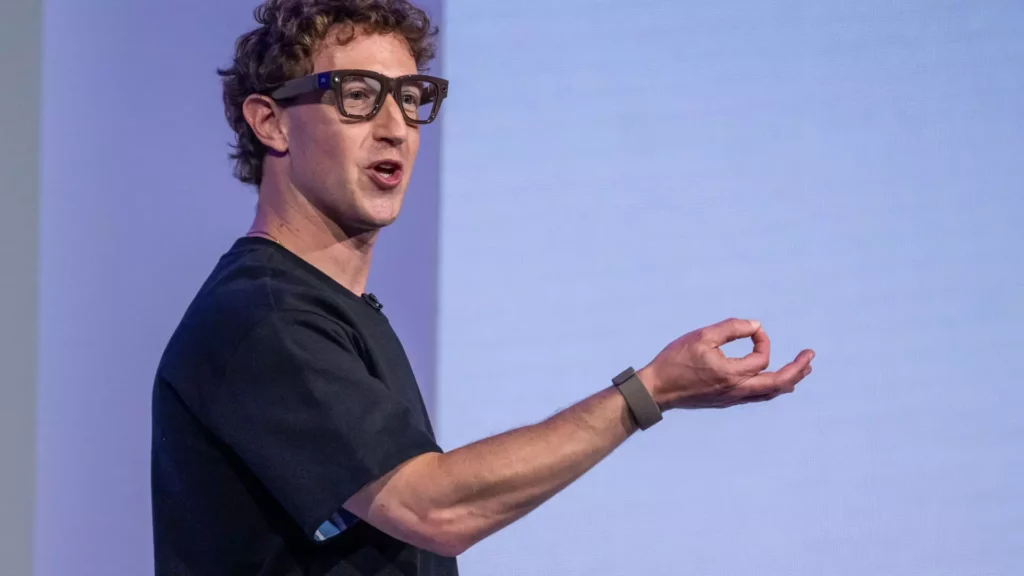Meta’s recent appointment of a dedicated leader for Threads signals more than a routine internal shuffle; it reveals a deliberate, strategic aspiration to elevate this social platform into a dominant force. Unlike countless fleeting apps that peek into the digital landscape only to fade, Threads is positioned as a potential keystone in Meta’s long-term vision for social communication. From the outset, Meta appears committed to transforming Threads from an Instagram “add-on” into a fully realized, standalone ecosystem capable of challenging stalwarts like Twitter and the emerging competitors that threaten its social media supremacy. This move responds to the fundamental question of what is required for a new platform to be regarded as a “main player” — more users, more engagement, and most crucially, sustained relevance. By infusing fresh leadership with a proven track record—particularly in amplifying innovative features and scaling new initiatives—Meta is signaling that the stakes are high and that the company is willing to dedicate significant resources and strategic focus toward making Threads a core part of its digital empire.
Leadership that Signals Commitment — The Significance of Connor Hayes
Calling Connor Hayes into the fold underscores a notable shift in how Meta perceives the platform’s potential. Hayes’ extensive experience in expanding Instagram Reels and pioneering generative AI initiatives demonstrates a clear understanding of what is necessary to foster growth and innovation in a crowded social space. His background suggests that Meta is not merely interested in throwing resources at Threads but intends to leverage cutting-edge technology and user engagement strategies to outpace competitors. Hayes’ leadership signals an intent to cultivate an intelligent and adaptable platform—one that can seamlessly integrate AI-driven features, optimize user experience, and leverage Meta’s existing ecosystem of creators, brands, and advertisers. This strategic focus could be the differentiating element needed to propel Threads beyond the phase of rapid growth into a sustainable social hub.
Breaking the Ceiling: The Critical Mass of User Engagement
Numbers matter profoundly in the social media game. Currently, Threads has amassed approximately 350 million active users—a considerable feat, yet still within the realm of “promising startup” rather than “industry titan.” The real game-changer lies in reaching the critical mass necessary to establish broad trust and habitual use. Meta’s push for aggressive growth, exemplified through Hayes’ leadership, reflects a push to push beyond these numbers. Surpassing the 400- or 500-million mark could be decisive in positioning Threads as a formidable alternative to Twitter, especially given the turbulent decline of Elon Musk’s platform. But hitting these milestones isn’t solely about percentages; it’s about shaping a perception of stability, reliability, and continuous innovation, qualities that often take time to cultivate in social ecosystems. The potential for this growth hinges on how well Meta can leverage its ecosystem—tight integration with Facebook, Instagram, and a prevalent advertising network—to build a compelling, sticky platform that users are less inclined to abandon.
The Race for User Loyalty and Real-Time Engagement
A platform’s relevance hinges on more than just numbers; it depends on how deeply users integrate it into their daily routines. Meta’s focus on nurturing Threads’ growth using its vast ecosystem suggests a strategy rooted in permanence rather than novelty. By integrating AI, creator tools, and cross-platform functionalities, Meta aims to create an environment where Threads becomes the go-to for real-time conversations, debates, and cultural moments. This is particularly pivotal given the shifting dynamics of user attention, which increasingly favor platforms that are quick, efficient, and deeply embedded in other daily activities. The competition isn’t just about attracting new users but ensuring existing users find enough value to keep coming back and engage repeatedly. Meta’s resource advantage is a critical factor here, offering the ability to innovate rapidly and test new features at scale. But the real challenge is creating an ecosystem that fosters authentic, sustained interactions—something Twitter has struggled with amid executive upheavals and a declining user base.
Strategic Foresight in a Volatile Landscape
Meta’s move to appoint dedicated leadership for Threads can be viewed as a central piece of a larger, calculated game plan. The social media world remains fiercely competitive and ever-evolving. Platforms like X face political and regulatory challenges, while newer entrants struggle with gaining enough traction. Meta’s strength lies in its resources, global reach, and experience in managing and scaling social apps. Yet, even with these advantages, the company must remain agile and visionary. The emergence of AI, the shifting landscape of privacy regulation, and changing consumer preferences demand a leadership that can pivot quickly. Hayes’ appointment indicates Meta’s recognition of this need, signaling a willingness to prioritize strategic agility over mere numbers. If a platform like Threads is to challenge the existing giants, it must develop a unique identity—one rooted in innovative features, trustworthy user experiences, and strategic ecosystem integration. Otherwise, it risks becoming just another app lost in the noise.
Reconsidering the Social Media War: A Center-Right Perspective
From a centrist, center-right liberal perspective, this move by Meta aligns with the belief that social platforms should foster responsible communication, protection of user interests, and economic opportunity. Investing heavily in a platform like Threads isn’t just about corporate dominance; it’s about creating a space where free expression can thrive under transparent governance, without the corrosive excesses seen elsewhere. Meta’s focus on technological innovation, with strategic leadership in place, suggests an awareness that social media’s power lies in influencing societal narratives—an influence that must be wielded responsibly. The competition is fierce, but it also underscores the importance of innovation—both technological and ideological—in shaping a digital space that balances freedom with accountability. Meta’s move to bolster Threads with dedicated leadership can be interpreted as an effort to drive this balance forward, setting a tone that smart, strategic growth can be compatible with societal responsibility. This trajectory could help redefine social media’s role in fostering healthy, vibrant communities rather than toxic echo chambers or monopolistic giants.









Leave a Reply